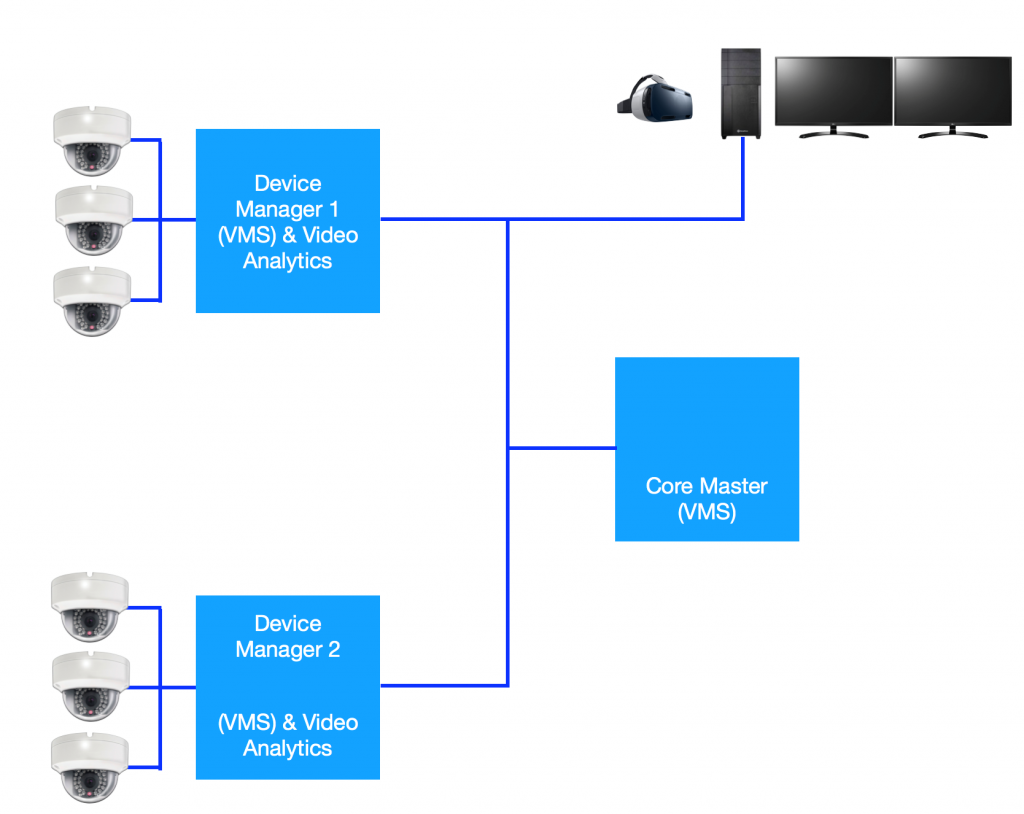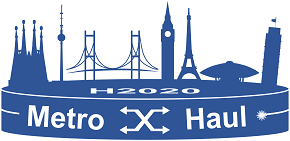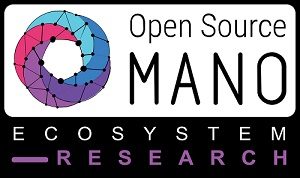Safe Cities – A Metro-Haul Use Case
by Stephan Rasp
The Metro-Haul project depends heavily on a number of use cases to establish realistic requirements to underpin the research and drive the development or architecture, software, and hardware. One of those use cases concerns the collection and coordination of data streams from a large numbr of video cameras.
Over the last decade Smart City and Safe City have become widely discussed and accepted concepts. Most major cities today have a plan to become more smart and more safe. Video is a key element in these initiatives. Video gives us a view of traffic, of litter, and very importantly a view of crime. Video has shown itself to be a good deterrent to planned crime such as organized pickpocketing or vandalism. Video is also invaluable in criminal and anti-terror investigations.
Acceptance of video surveillance has increased steadily over the past decade. Yet most cities, with a few notable exceptions, use video in a very limited way and in only a few hot spots. The biggest barrier to wider deployment of video surveillance today is the cost of connecting the cameras to recording servers, and of connecting those servers to control centres. To illustrate this issue, a single full HD camera (which is standard today) requires 1.8Mb/sec bandwidth and 265 GB storage for 10 days, while recording at only 10 frames/sec. Camera density today varies between a few hundred per city in Germany and over 100.000 in some Asian cities. That puts the per city bandwidth requirement at 180Gb/sec.
However, some analytics algorithms require the video data to use MPEG compression rather than H.264. In this case, even if only a small portion of the camera population has this requirement, the bandwidth needed more than doubles.
In addition to bandwidth and storage close to the camera, video also requires low latency transmission whenever the camera needs to be remote controlled, when video analytics span multiple cameras, or if video needs to be reviewed in real time (i.e., live). As cameras in surveillance systems become more mobile and are attached to vehicles or people, the bandwidth and storage requirements become more dynamic. For the time being however, access to affordable bandwidth is the key obstacle. Further key network parameters for video are high reliability of the network and an average packet delay of less than the double the time expected between consecutive frames.

Schematic Diagram – Real-time Low-latency Object Tracking and Security
Video analytics typically include object tracking and face recognition. The number of cameras, device managers and clients is variable.
Prior to 5G and metro networks, cities have either deployed recording servers on poles close to a small number of cameras managed by that server, or they have resorted to laying their own fibre and limiting coverage to spots close to the fibre. Both solutions have drawbacks: while deploying servers on poles is initially less expensive and saves bandwidth, there is a significant maintenance cost and there are reliability drawbacks.
All of these factors in combination make metro networks very interesting infrastructure for safe cities and video surveillance in general.
In the Metro-Haul project we are focussing on demonstrating the enhanced capabilities of a metro network to provide low latency data delivery. Low latency in video is required whenever a camera is remote controlled. This can either be by a person in a control centre manually controlling the camera with a joystick, or where one camera creates an output that is used to automatically control another camera.
A typical scenario would be to secure a parking lot with a thermal camera using a wide field of view. The video analytics on this camera are programmed to detect human movement and track the person. This tracking data is then transmitted to a second camera that has pan, zoom and tilt (PTZ) capabilities. The second camera is thus able to zoom in on the person and follow the person around, even when movement is quick and erratic, since the actual tracking is done based on the overview. More than one PTZ camera may be used in a larger area. For this setup to work, the latency needs to be below 5ms.
Future applications could also include picking a recognized face out of a crowd on a static camera and then tracking a closeup view using a second camera. Or even further in the future behaviour recognition could be the trigger.

About SeeTec GmbH
Founded in 1996 as a pioneer in IP-based video security, SeeTec GmbH is one of the leading vendors of video management software in Europe – together with OnSSI, Inc. even worldwide. In addition to security applications SeeTec offers customizable video solutions to support business processes in various sectors such as logistics, transportation, manufacturing, critical infrastructure and cities, banking and retail.
SeeTec is headquartered in Bruchsal, Germany, with sales & support offices in France, United Kingdom, Austria, Switzerland, Sweden, Spain, Italy and Turkey. The current security product line of SeeTec Cayuga S50, S100 and Infinity provides a flexible architecture for video surveillance systems of any size along with extension modules and interfaces to a wide range of applications and technologies. The second product line, SeeTec Business Video Intelligence (BVI), combines business process data with recorded video, providing actionable information with fast return on investment.




